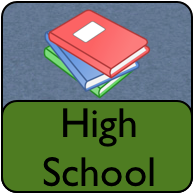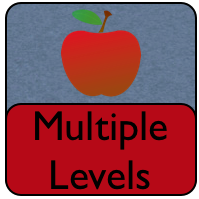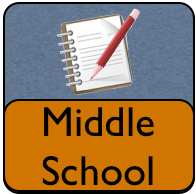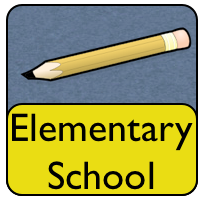In this lesson students will use the DBQ format to explore issues of race in Boulder County from 1910 to 1935. Topic: Race issues between white residents and Mexican migrants in Boulder County were due to existing racial tensions. Assess the validity of this statement as it pertains to the time period 1910-1935. In the 1910s and 1920s, Mexican migrant workers came to Boulder County to work in the fields and in the coal mines. These immigrants maintained their cultural identity by speaking Spanish, keeping their Catholic faith, and holding on to the customs and traditions of the Mexican people. These immigrants faced the challenge of fitting into a society that was decidedly “American,” and was supported by the Ku Klux Klan, an organization committed to the preservation of what they deemed were American ideals.
Created By: Martin Clark, Mead High School
Read More



